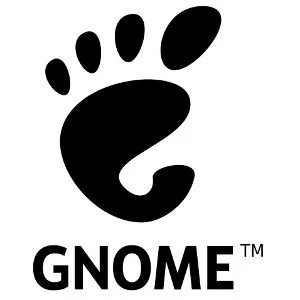Calling For A Fork Of GNOME 3's Fallback/Panel Mode

GNOME developers decided to drop the fallback mode rather than maintain it since it was already a burden to take care of and not always well tested. For those without the GPU/driver support to handle GNOME Shell with Mutter, LLVMpipe will now be used instead for running the heavy GNOME desktop. However, LLVMpipe doesn't work for everyone.
Untz recognizes that this may cause some fallout in GNOME 3.8 so he recommends those potentially negatively affected to stick with GNOME 3.6 for the time being. "There might be cases where these improvements will not be good enough in 3.8 (or with the Mesa and llvmpipe versions available at that time), resulting in a GNOME version that people might not consider acceptable in terms of performance or hardware support. Things will improve with time, obviously, and 3.10 will solve more and more issues; hence I would recommend to people hitting such issues to stay with 3.6 for a few more months."
In his blog post he then goes on to basically call for the community to fork the old GNOME 3.x fall-back mode.
Of course, this raises the question of what happens to the components of the fallback mode: gnome-applets, gnome-panel, gnome-screensaver, metacity, notification-daemon, polkit-gnome, etc. These components don't necessarily have to go away: they're just not part of what the GNOME project officially releases, and people are welcome to keep working on them. It's really up to each maintainer.Now be sure to participate in the 2012 GNOME User Survey.
Now, I believe a group of people could well adopt all the fallback components and keep building a great desktop, on top of other GNOME 3 bricks. They wouldn't even have to restrict themselves to what the GNOME 3 vision is (which is something that blocked some people from seriously contributing to gnome-panel). I don't think it'd be actually too much work: the code is already there! Of course, there would be some compatibility bits removed from other GNOME modules that would need to be moved elsewhere, but in most cases, it's really just about "moving" the code, not "re-implementing" things.
To be honest, I would really have loved if the MATE people had taken such an approach (maybe it's not too late?). I think it's a more reasonable effort than effectively forking all of GNOME 2, including obsolete technologies, as the amount of work is much more reasonable.
I'm eager to see if a group will step up to keep alive this old code, which represents thousands of hours from many of us! I wouldn't use it, but it would still make me happy :-)
8 Comments

